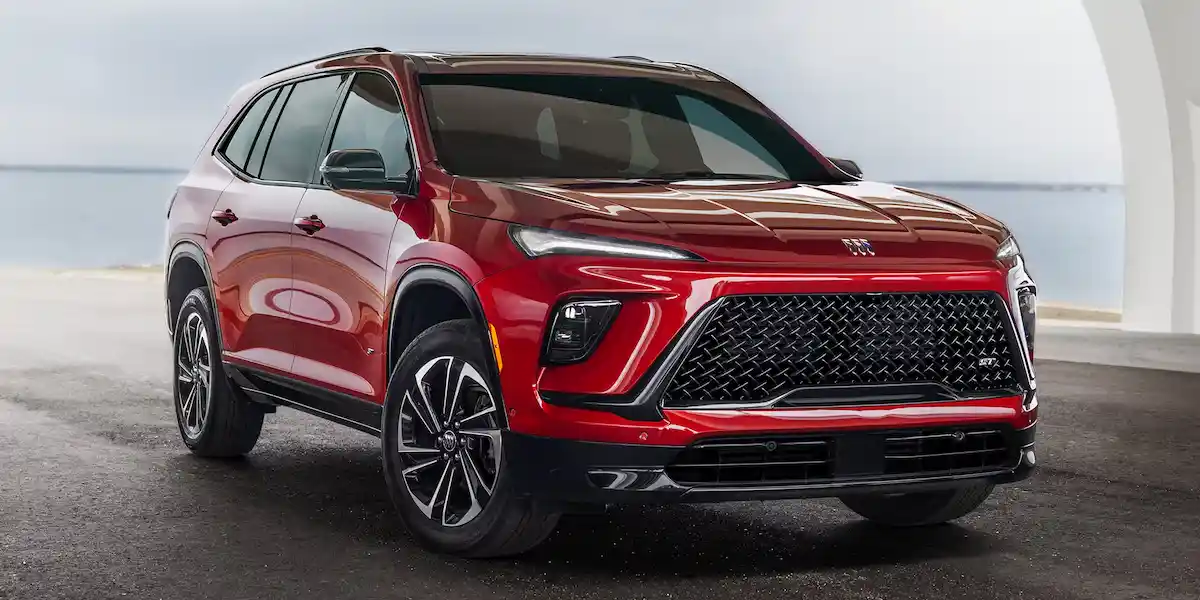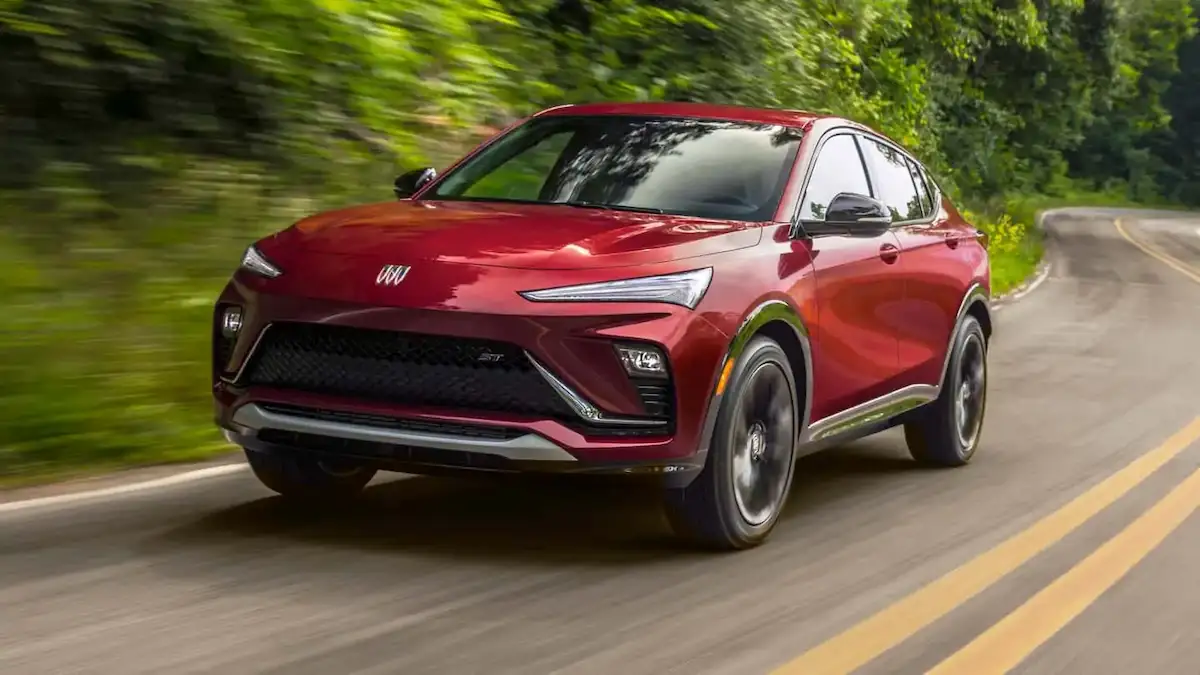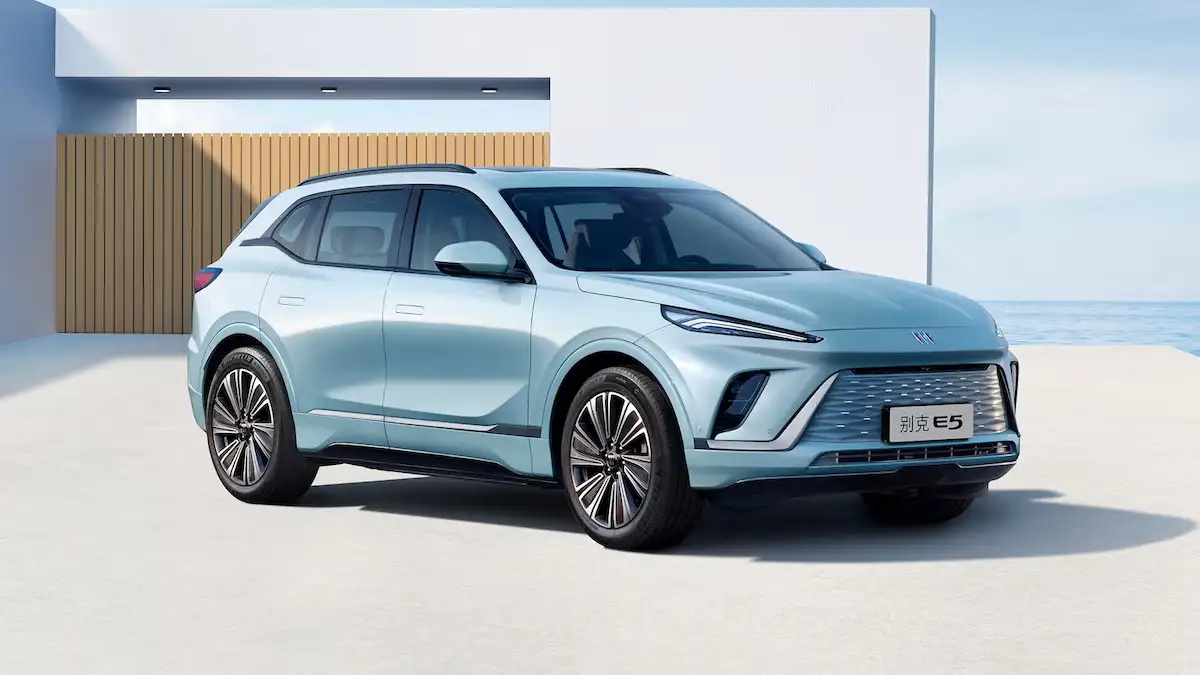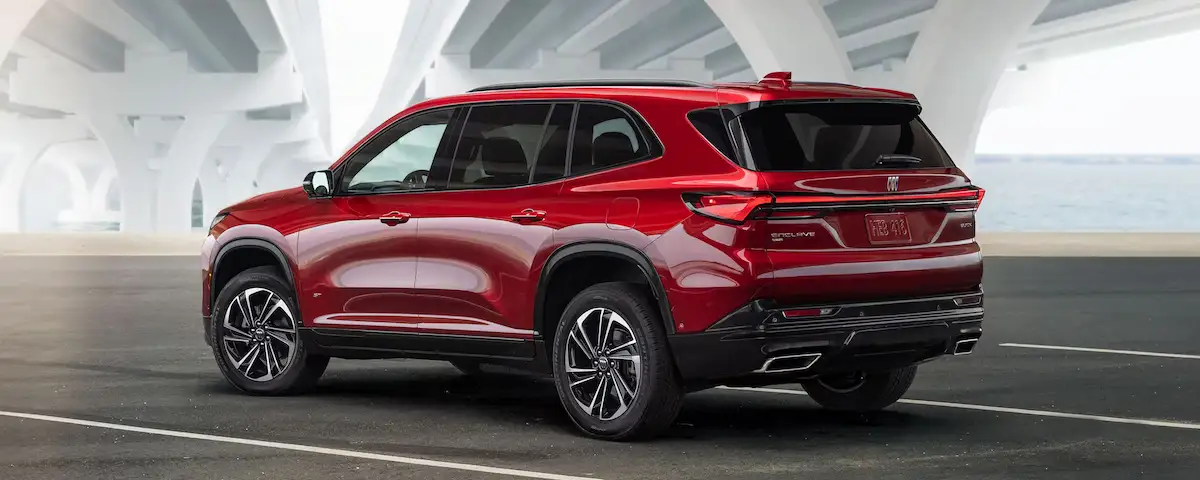Think of Buick in America today and you probably picture… nothing. Maybe a beige SUV in a suburban driveway, maybe your grandparents’ land yacht from the 1960s, but not much else. For a company with more than 120 years of history, Buick barely registers on the radar here. Even inside GM’s own family, Cadillac shines in the spotlight while Buick quietly plays second fiddle.

Table of Contents
But ask an older relative about Buick and watch their face light up. They’ll remember pastel-colored sedans stretching 17 feet long, gliding down the boulevard with chrome shining in the sun. Back then, Buick meant comfort, style, and a touch of class.
Fast-forward to now, and Buick’s image in the US is… complicated. Sure, the brand has found some traction with solid SUVs like the Enclave and the new Envista. Sales have even ticked upward recently. But Buick hasn’t been a true powerhouse here for decades.
In China, though, it’s a completely different story.
China LOVES Buick

Buick is a big deal over there. Presidents and high-ranking officials in the 1940s and ’50s used Buicks as rolling status symbols. When the brand reentered China in the ’90s, that prestige stuck. Today, it’s Buick’s largest market by far. The company has sold more than 10 million cars in China over the last 30 years. Even in 2024—a rough year overall—Buick still moved nearly 400,000 vehicles there, more than double its US sales.
ALSO READ: Buick Electra Orbit Concept Looks Like It Drove Out of a Retro Sci-Fi Movie!
That success didn’t happen alone. In 1997, GM teamed up with SAIC, a massive state-owned automaker, to co-develop and sell Buicks locally. Their first hit was the Regal in 1999, followed by the GL8 minivan, which became a staple of Chinese roads. The Regal has been gone from the US lineup since 2020, but in China, it’s still alive with fresh updates. The GL8? Over two million sold.
Buick’s EV Game

And Buick isn’t just recycling old models. China’s aggressive push into EVs has forced the brand to evolve. Buick now offers sharp-looking electric options like the E5 SUV and L7 sedan. The company even showed off a wild concept called the Electra Orbit—a retro-futuristic design that probably won’t see production, but shows how bold Buick is willing to be.
EV demand in China is on another level. Last year, a quarter of all cars sold there were fully electric, and half the market was some mix of battery-electric or plug-in hybrid. Buick created an entire sub-brand, Electra, just to keep up. That name might sound familiar—it once belonged to Buick’s giant American cruisers. Now it’s attached to cutting-edge Chinese EVs, including a brand-new minivan called the Encasa that’s coming soon.
ALSO READ: This 1976 Buick LeSabre Custom Once Chauffeured Indira Gandhi!
These new models ride on Buick’s Xiao Yao platform, the company’s first EV architecture designed specifically for China. It supports both EVs and plug-in hybrids, multiple body styles, and even advanced autonomous features like LiDAR and high-res cameras. In short, Buick in China is high-tech, future-ready, and highly competitive.
Now let’s look back at the US…
Buick’s Present In The US!

Here, Buick doesn’t sell a single hybrid or EV. Not one. Its sedans are long gone, and while GM’s advanced driver-assist system Super Cruise exists, not every Buick gets it. The lineup is almost entirely SUVs—and while models like the Envista and Envision are selling well, they don’t exactly scream innovation.
That said, Buick has shown surprising resilience. The brand has logged ten straight quarters of growth in the US. Younger buyers are starting to notice too—the average Buick buyer is three years younger than they were in 2020, even as most other automakers are trending older. Last year, Buick actually outsold Cadillac here, moving 180,000 vehicles compared to Cadillac’s 160,000.
But let’s be honest. That number still pales in comparison to rivals. Mazda, Kia, and Hyundai are all crushing Buick in sales, with Hyundai alone delivering more than 836,000 vehicles last year.
The split makes sense. American buyers aren’t flocking to electric minivans, and China isn’t crazy about V6-powered three-row crossovers. Different markets, different needs. But the contrast is striking. Buick in China is futuristic, exciting, and loaded with tech. Buick in America feels cautious, leaning on safe, predictable SUVs.
If Buick really wants to make noise in the US again, it might want to borrow a few pages from its Chinese playbook. Because in one part of the world, the brand is thriving. In the other, it’s just trying to stay relevant.


